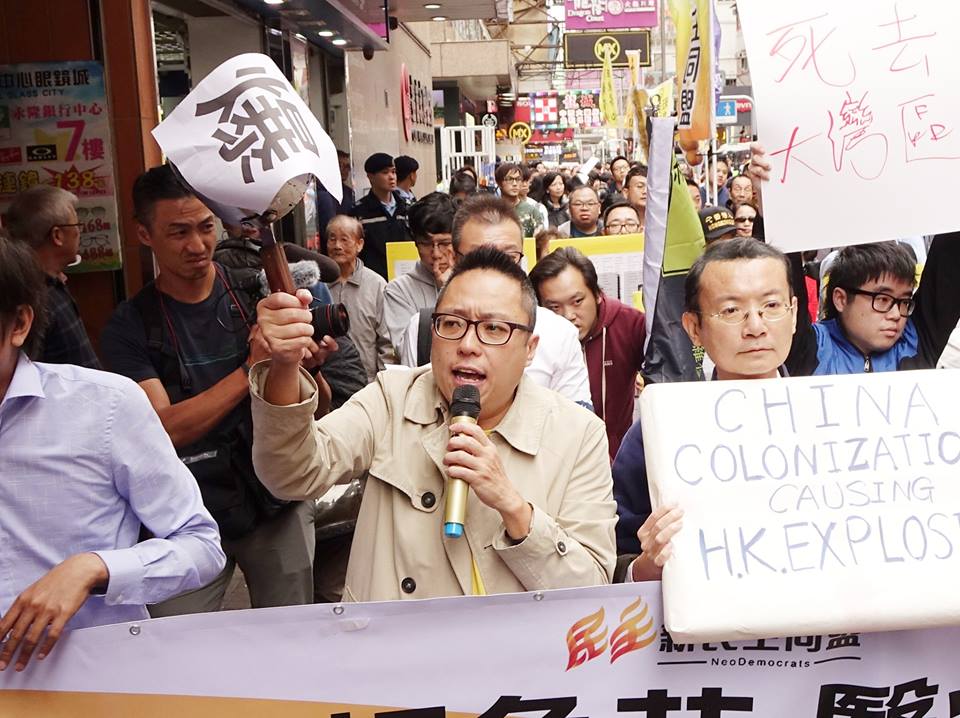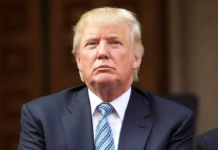The racist anti-immigrant politicians are a dangerous hindrance rather than helping this struggle
Cheung Fan, Socialist Action
Hong Kong is suffering a major crisis at public hospitals, with nurses and doctors recently staging protests over underfunding and staff shortages. The winter flu season saw a surge in admissions to public hospitals. On some days the bed occupancy rate was officially 130 percent, but some hospital employees say the rate was higher, even 150 percent.
Clearly, there is a need for organised struggle to force the government to change its policies of starving the poor to feed the rich. The policies offered in the latest budget are mostly cosmetic, such as the new HK$ 10 billion “stabilisation fund” – money that won’t necessarily ever be spent on the public healthcare sector.

Real situation
The parasitic role of the private medical sector, which has 60 percent of the doctors to treat just 10 percent of Hong Kong’s patients, should be the main target of a change in policy, redirecting these resources back to the public sector.
Protests in February, with several hundred demonstrators, that blamed the health crisis on mainland migrants and called for the repeal of the so-called one-way permit scheme, which allows 150 mainlanders per day to move to Hong Kong, are like a karate kick in the wrong direction! Rather than hit the real target – Carrie Lam’s money-grabbling government – they misdirect public anger.
What is the real situation? Government spending on public healthcare is kept below 3 percent of GDP, less than half the average within the Organization for Economic Cooperation and Development (OECD) of wealthy countries. Ordinary grassroots working people cannot afford expensive private hospitals, and the underresourced public healthcare system is collapsing under the pressure. Doctors have warned that the government’s latest attacks on elderly CSSA welfare payments will increase serious health problems and put further pressure on public hospitals.
It is estimated that mainland immigrants account for only 0.5 percent of all public hospital users. Research shows the elderly currently make up more than half of total inpatients in the public sector, but mainlanders on average are 10 years younger than the general population in this city. Only 6.4 percent (about 11,000) of mainland immigrants are aged 55 or above. In addition, Hong Kong’s overall population is growing slowly. In the past ten years, the population has only grown by about 7 percent (about 470,000), slower than Singapore’s 13 percent. In the same period, Hong Kong’s GDP increased by 60.7 percent.
Clearly, Hong Kong has abundant resources to provide comprehensive and high-quality public healthcare, but the money is in the wrong pockets! Public resources have been plundered by large companies, especially real estate companies. The government has invested large sum of money in gigantic white elephant projects and will continue to do so, rather than solving the shortage of public services. Sections of the pro-democracy bourgeois politicians (pan democrats) and the media have increasingly turned towards racist and xenophobic populism against mainlanders, in an attempt to win over the former support bases of the “localists” (Hong Kong nationalists).
Racism
These politicians therefore hide the real causes and solutions to collapsing of public healthcare. This is not something unique to Hong Kong but is an international phenomenon – as shown by the rise of Trump in the US and several “Trump clones” in other countries.
The traditional right-wing parties have begun to adopt the policies of the far right – racism and ultra nationalism. None of these parties (and this also applies to Hong Kong’s pan democrats) challenge pro-capitalist governments and the dictatorship of big businesses.
The urgent task is to build a strong workers’ movement in Hong Kong, including powerful and militant unions in the health sector, which can defend the interests of medical workers and fight for more resources. This also means linking with patients’ organisations in a mass democratic campaign to save the public health system from the profiteers, privatisers and the government’s pro-rich antiwelfare agenda. It’s necessary to unite as many workers (including poor mainland immigrants) as possible. The racist anti-immigrant politicians are a dangerous hindrance rather than helping this struggle.




